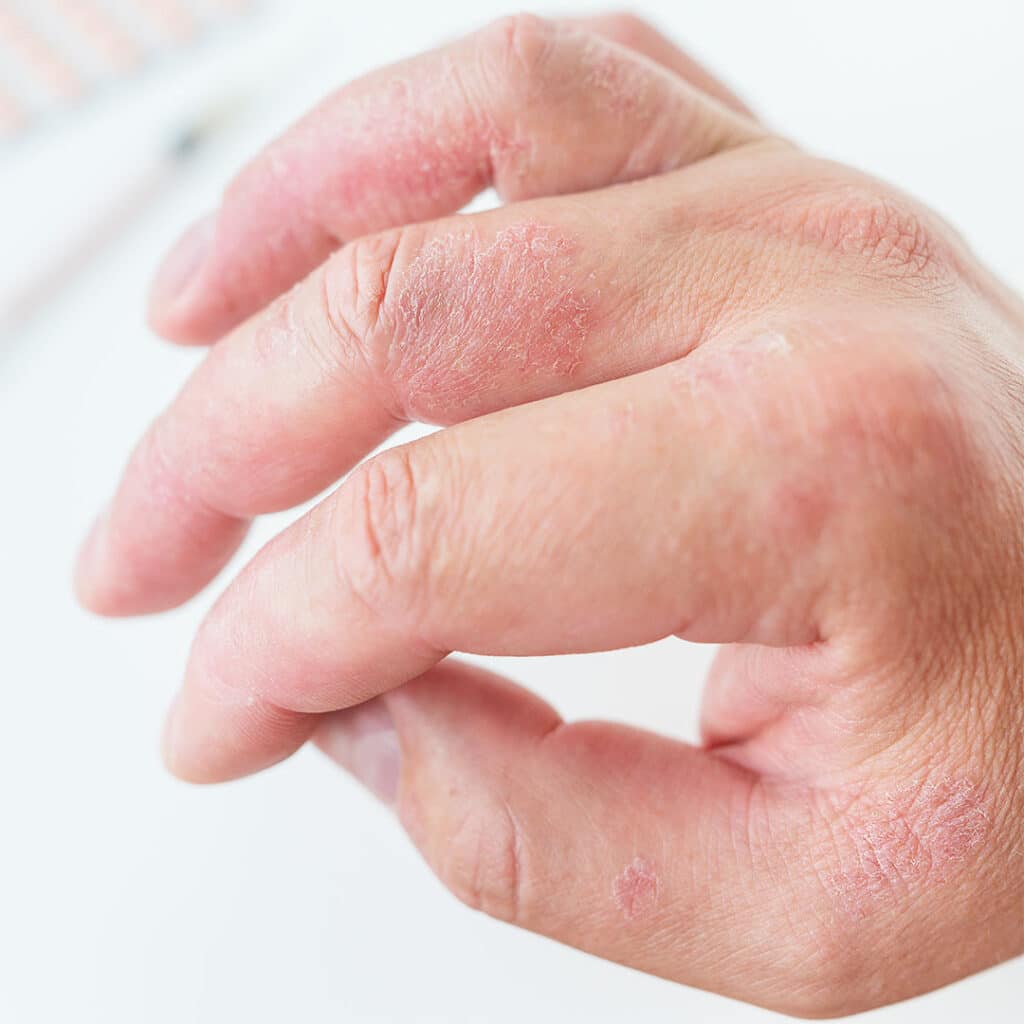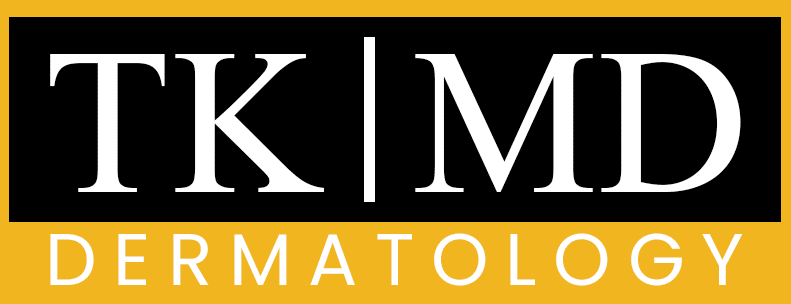what is Skin Rashes
A skin rash is a change in the skin’s appearance that can result in a variety of symptoms, such as redness, itching, and bumps. Rashes can be caused by a wide range of factors, including infections, allergies, autoimmune disorders, and irritants.
Some common types of skin rashes include:
-
Eczema: a chronic condition that causes red, itchy, and scaly patches on the skin
Psoriasis: a chronic autoimmune condition that causes red, scaly patches on the skin
Contact dermatitis: a skin reaction that occurs after contact with an allergen or irritant, such as poison ivy or certain chemicals
Hives: raised, red, and itchy welts that can be caused by an allergic reaction or other triggers
-
Ringworm: a fungal infection that causes a red, circular rash on the skin
Shingles: a viral infection that causes a painful rash along a nerve pathway on one side of the body
Impetigo: a bacterial infection that causes red, crusty sores on the skin, usually around the nose and mouth.
Dermatitis
Dermatitis is a general term that refers to skin inflammation. There are several types of dermatitis, each with its own cause and symptoms. Some common types of dermatitis include:
-
Atopic dermatitis (eczema): a chronic skin condition that causes red, itchy, and scaly patches on the skin
Contact dermatitis: a skin reaction that occurs after contact with an allergen or irritant, such as poison ivy or certain chemicals
Seborrheic dermatitis: a skin condition that causes red, scaly patches on the scalp and face, especially around the nose, eyebrows, and ears.

The exact cause of dermatitis is not always clear, but it is often associated with a combination of genetic, environmental, and immune system factors. Some common triggers of dermatitis include stress, skin irritation, changes in temperature, and exposure to certain chemicals or allergens.
Treatment for dermatitis depends on the type and severity of the condition, but may include topical or oral medications, such as corticosteroids or antibiotics, to reduce inflammation and relieve symptoms. Other treatments may include light therapy, topical calcineurin inhibitors, or lifestyle changes, such as avoiding triggers or using mild, non-irritating skin care products.
It is important to see a doctor if you are experiencing symptoms of dermatitis, as the condition can be difficult to manage on your own and can lead to complications if left untreated. Your doctor can help diagnose the cause of your symptoms and develop a personalized treatment plan to help you manage the condition.
Treatments for Rashes
The treatment for rashes depends on the underlying cause of the rash. Some common treatments for rashes include:
Topical medications: This may include creams, ointments, or gels that can reduce inflammation, relieve itching, and promote healing. Some examples of topical medications include hydrocortisone, antifungal creams, and topical antibiotics.
Oral medications: For more severe or widespread rashes, your doctor may prescribe oral medications, such as antihistamines, antibiotics, or corticosteroids.
Light therapy: This may be used to treat conditions like psoriasis, eczema, and other types of dermatitis. Light therapy involves exposing the skin to controlled amounts of natural or artificial light to reduce inflammation and promote healing.
Lifestyle changes: Making changes to your diet, stress management techniques, and skin care routine can also help reduce symptoms of rashes. Avoiding triggers, such as harsh soaps, irritants, and certain foods, can also be helpful.
Moisturizing: Keeping your skin moisturized can help reduce itching and promote healing. Look for creams, lotions, or ointments that are free of fragrances, dyes, and other irritants.


